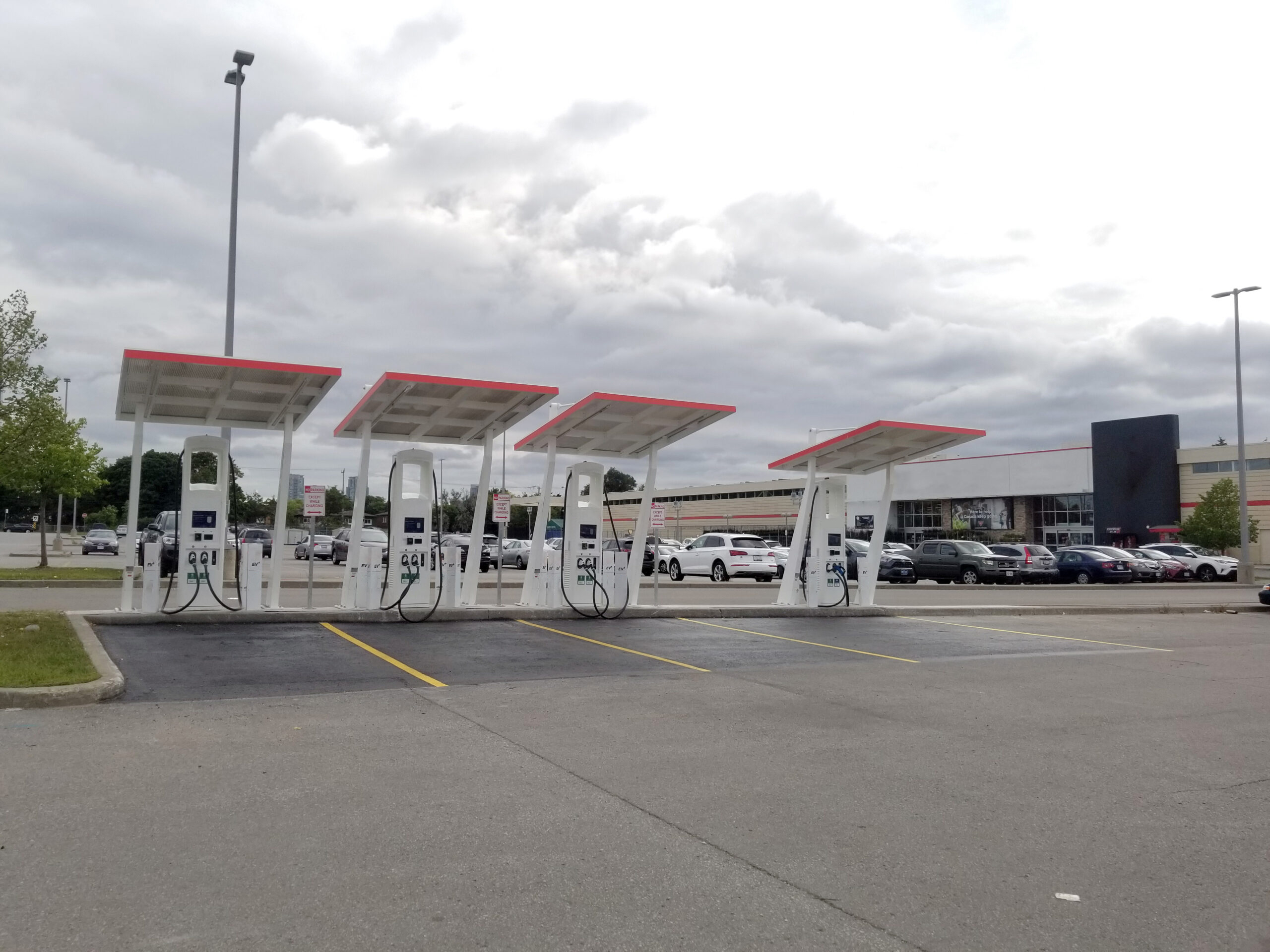At ClearBlue Infrastructure Group, we are committed to creating a sustainable future. Our Environmental, Social, and Governance (ESG) Program is a testament to our commitment to sustainability, and we are continuously striving to embed sustainability best practices across our organization.


Achieving our own Goals in Construction Sustainability
In addition to providing sustainable solutions to our clients, ClearBlue Infrastructure Group is also committed to reducing our own environmental footprint. We aim to act responsibly in every aspect of our business, partnering with like-minded suppliers and clients to create thriving communities and drive the transition towards a net-zero economy. ClearBlue Infrastructure Group has set an ambitious target of achieving net-zero carbon emissions by 2050, and we are making significant progress towards that goal. ClearBlue Infrastructure Group is leading the way towards a sustainable future.
Incorporation of Sustainability and Environmental Management Plans in Construction Projects:
The integration of sustainability and environmental management plans is crucial in sustainable construction. It helps to minimize the impact of construction activities on the environment, reduce waste, and improve efficiency.
Sustainable Transportation and Mobility:
Sustainable construction deployment aims to promote sustainable transportation and mobility. This can be achieved through the implementation of green transportation infrastructure such as bike lanes, public transportation, and electric vehicle charging stations. By doing this, it helps to reduce greenhouse gas emissions, improve air quality, and promote sustainability.
Green Building Retro fit projects:
Involve the improvement and upgrade of existing buildings to make them more energy-efficient, environmentally friendly, and sustainable. The goal of these projects is to reduce the environmental impact of buildings and improve the quality of life for occupants. The retrofitting process can include various measures such as the installation of energy-efficient lighting and HVAC systems, the use of sustainable materials, and the implementation of water conservation measures. Green Building Retro fit projects help to promote sustainable practices and contribute to the overall goal of reducing carbon emissions and mitigating climate change.
Sustainable Project Financing and Funding:
Sustainable construction projects often require significant financial investment. Sustainable project financing and funding can be obtained from a variety of sources, including public-private partnerships, grants, and green bonds. Such financing helps to promote sustainable practices in construction projects.
Use of Renewable Energy Sources:
Sustainable construction deployment involves utilizing renewable energy sources such as solar, wind, and geothermal energy. Integrating these energy sources into construction projects helps to reduce greenhouse gas emissions, reduce energy costs, and increase energy efficiency.
Implementation of Sustainable Materials and Technologies:
Using sustainable materials such as recycled materials, low-emission materials, and materials with a low carbon footprint can help to reduce the environmental impact of construction projects. Furthermore, the deployment of sustainable technologies such as smart building systems and green roofs can enhance energy efficiency and minimize the environmental impact.
Sustainable Site Design and Planning:
Sustainable site design and planning involve the selection of sites that have minimal environmental impact and the design of buildings and structures that are compatible with the site’s natural features. This approach helps to reduce the environmental impact of construction projects and promote sustainable land use practices.

